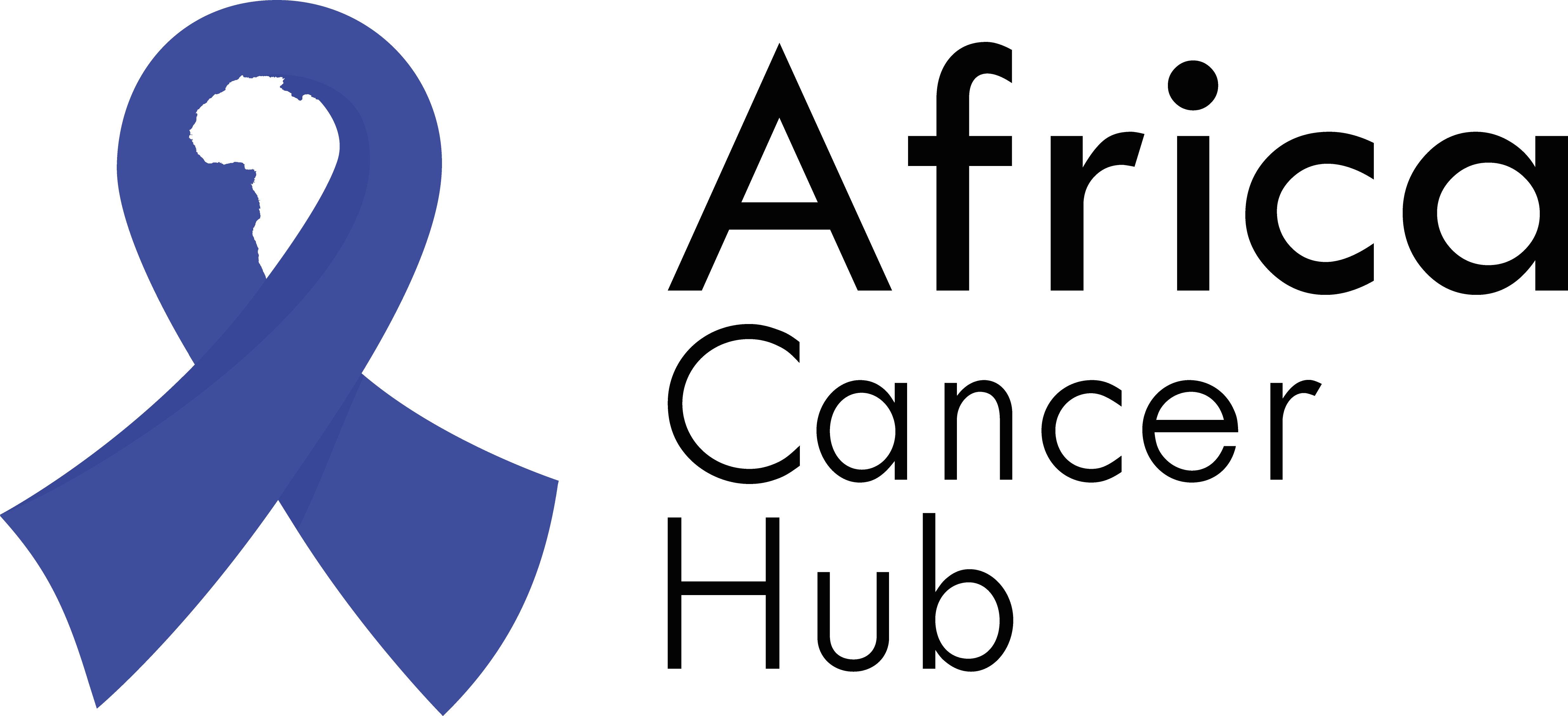This type of malignancy affects the soft tissue of the voluntary muscles of the body. It mostly affects the skeletal muscle tissues and hollow organs. Rhabdomyosarcoma can affect a person of any age. However, it mostly affects children.
Rhabdomyosarcoma can initiate on any part of the body. However, some likable places that it can start includes;
- Head and neck area
- Reproductive system. These include the testes, uterus and the vagina
- Arms, legs, torso.
- The urinary system that mostly includes the bladder.
During the development of a fetus, certain cells called rhabdomyoblasts form in the body. In the fetal stage, the biologist refers to it as the rhabdomyoblasts. These cells usually are what leads to the growth of Rhabdomyosarcoma.
According to research in Nigerian children in 2008, 54.5% of the patients were less than 20 years of age.
Types of Rhabdomyosarcoma
The following are the types of Rhabdomyosarcoma
Embryonal Rhabdomyosarcoma
It is most common in young children, usually under the age of 6.It affects the head and neck region. In some of the cases, it may affect the reproductive and urinary organs.
Botryoid Rhabdomyosarcoma is a subtype of Embryonal Rhabdomyosarcoma. It is present in the hollow organs. Examples of hollow organs include the vagina.
Spindle Rhabdomyosarcoma is the second subtype of Embryonal Rhabdomyosarcoma. It affects the testicles of a baby boy.
Alveolar Rhabdomyosarcoma
Alveolar Rhabdomyosarcoma is the second most common type and one of the most aggressive types of tumours. It affects the head, neck, pelvis, arms, trunk, or legs. It is usually diagnosed in older children, teenagers and young adults
Pleomorphic Rhabdomyosarcoma
This is one of the rarest types of disease. It usually affects middle-aged people and often develops in the arms and legs.
Causes of Rhabdomyosarcoma
The main causative factor for Rhabdomyosarcoma is still not clear to the experts. However, the researchers predict that certain alterations in the DNA are responsible. As of now, environmental factors have no role in the development of Rhabdomyosarcoma.
-
Genetic Alterations
Some children with Rhabdomyosarcoma have genes that they inherit from the family. Familial genetics can increase the chance of developing the disease. One gene that can increase the chances of Rhabdomyosarcoma is the p53 protein. Rhabdomyosarcoma is slightly more common in children with the genetic disorders like Li-Fraumeni syndrome, neurofibromatosis 1, Beckwith- Wiedemann syndrome and Costello sydnrome.
Diagnosis
A doctor may perform the following tests and procedures to rule out Rhabdomyosarcoma.
Physical evaluation
The doctor evaluates any body changes and asks questions about general health. The doctor may feel for unusual lumps on the child’s body.
Diagnostic Imaging
Imaging tests like X-ray, CT, MRI, PET and bone scans will be used to check for the cancer and see if it has spread.
Lumbar Puncture
In this procedure, the doctor collects cerebrospinal fluid from the spinal cord. Some people may refer to as a spinal tap procedure. This procedure helps the doctor to identify the presence of cancer cells in the spinal fluid.
Biopsy
It involves the removal of a piece of mass and examining it under the microscope. A biopsy helps in the staging of cancer and confirms the diagnosis of Rhabdomyolysis.
Staging
The staging of Rhabdomyosarcoma depends on certain factors. It includes the size of the mass, its location, and its rate of metastasis. Stages of the disease are as follows
Stage I
In this stage, the tumour can be any size and can be in a favourable area like the eye, head and neck area, bile ducts. This type of tumour may have spread to nearby lymph nodes but not to distant parts. Stage 1 tumour has a better chance of outcome after treatment.
Stage 2
In this stage, the tumour started in an unfavourable site like the bladder, arm/leg and is no more than 5cm in size. There is also no lymph node involvement or spread to other parts of the body.
Stage 3
The tumour is no more than 5cm but has spread to lymph nodes around the primary site or the tumour is larger than 5cm and may or may not have spread to nearby lymph nodes
Stage 4
In this stage, the tumour can be of any size but has spread to the lymph nodes and other distant organs. It includes the lungs, bone, and bone marrow.
Treatment
Treatment options may involve one or more of the following:
Surgery
Surgery might be the only treatment option needed to remove the cancer. However, sometimes this is not possible. Then chemotherapy and radiation are then used to kill any cancer cells left over
Chemotherapy
This uses cytotoxic drugs to kill cancer cells. they can be taken as a tablet or injected into a vein. It can also be used before other treatments to shrink a tumour or used with radiation therapy to make treatment more effective.
Radiation
This uses high-energy X-rays and protons to kill cancer cells. It may be used when surgery is not an option or after surgery to kill off any cancer cells.
Other than these three standard treatment options, there are new advances methods. These include immunotherapy and targeted therapy
Regardless of the selection of the treatment, it can cause some severe side effects. There are certain clinical trials that you can choose from. However, these clinical trials do not ensure successful results. Even after a successful recovery, the patients have to undergo follow-up testing. It ensures to catch the recurrence of Rhabdomyosarcoma before it progresses.
REFERENCES
- https://www.sciencedirect.com/science/article/abs/pii/S0027968415314048
- https://www.ncbi.nlm.nih.gov/books/NBK507721/
- https://www.ncbi.nlm.nih.gov/pmc/articles/PMC4069040/
- https://www.ncbi.nlm.nih.gov/pmc/articles/PMC5486973/
- https://www.cansa.org.za/files/2019/09/Fact-Sheet-on-Childhood-Rhabdomyosarcoma-NCR-2014-web-Sept-2019.pdf
